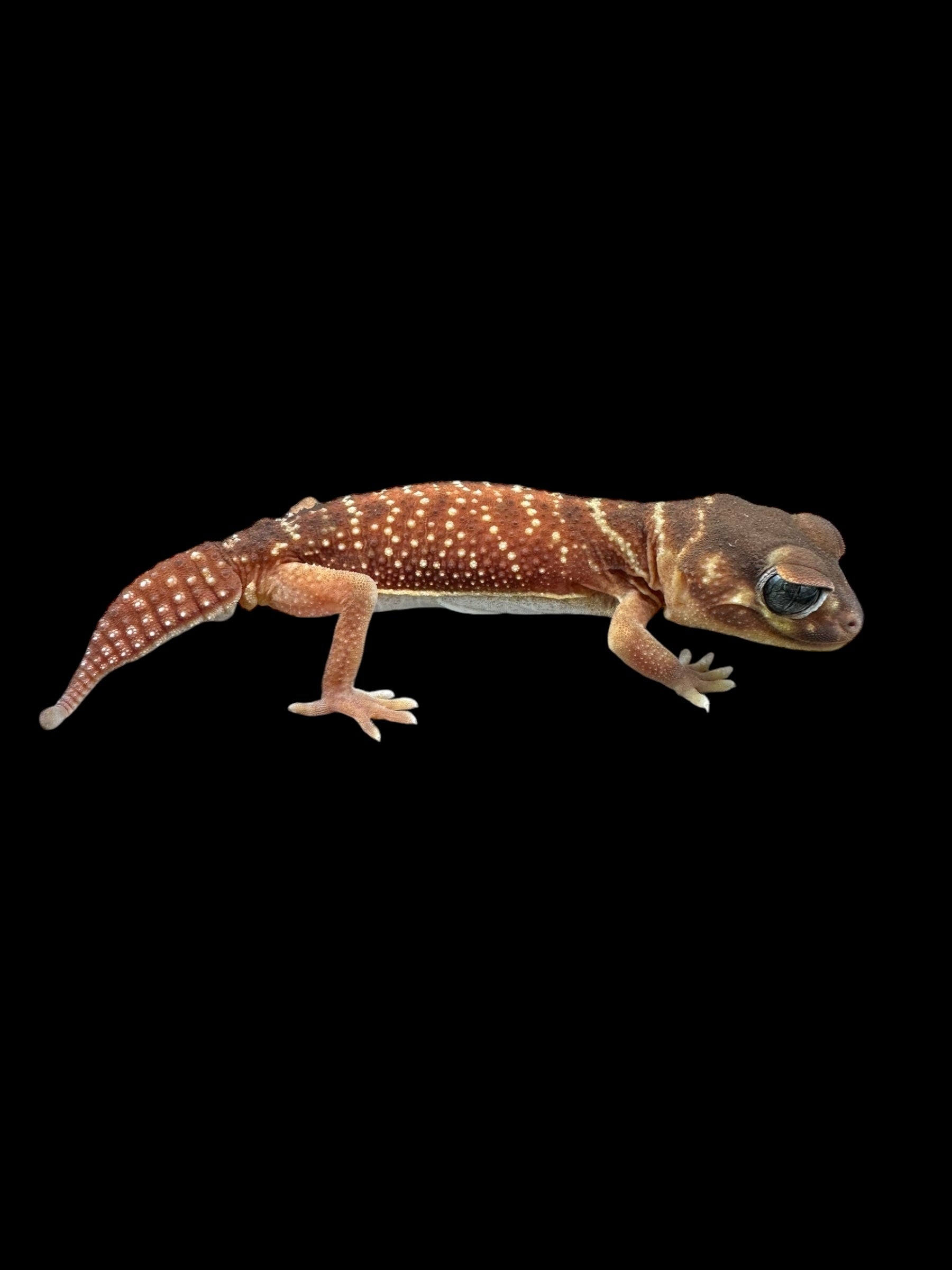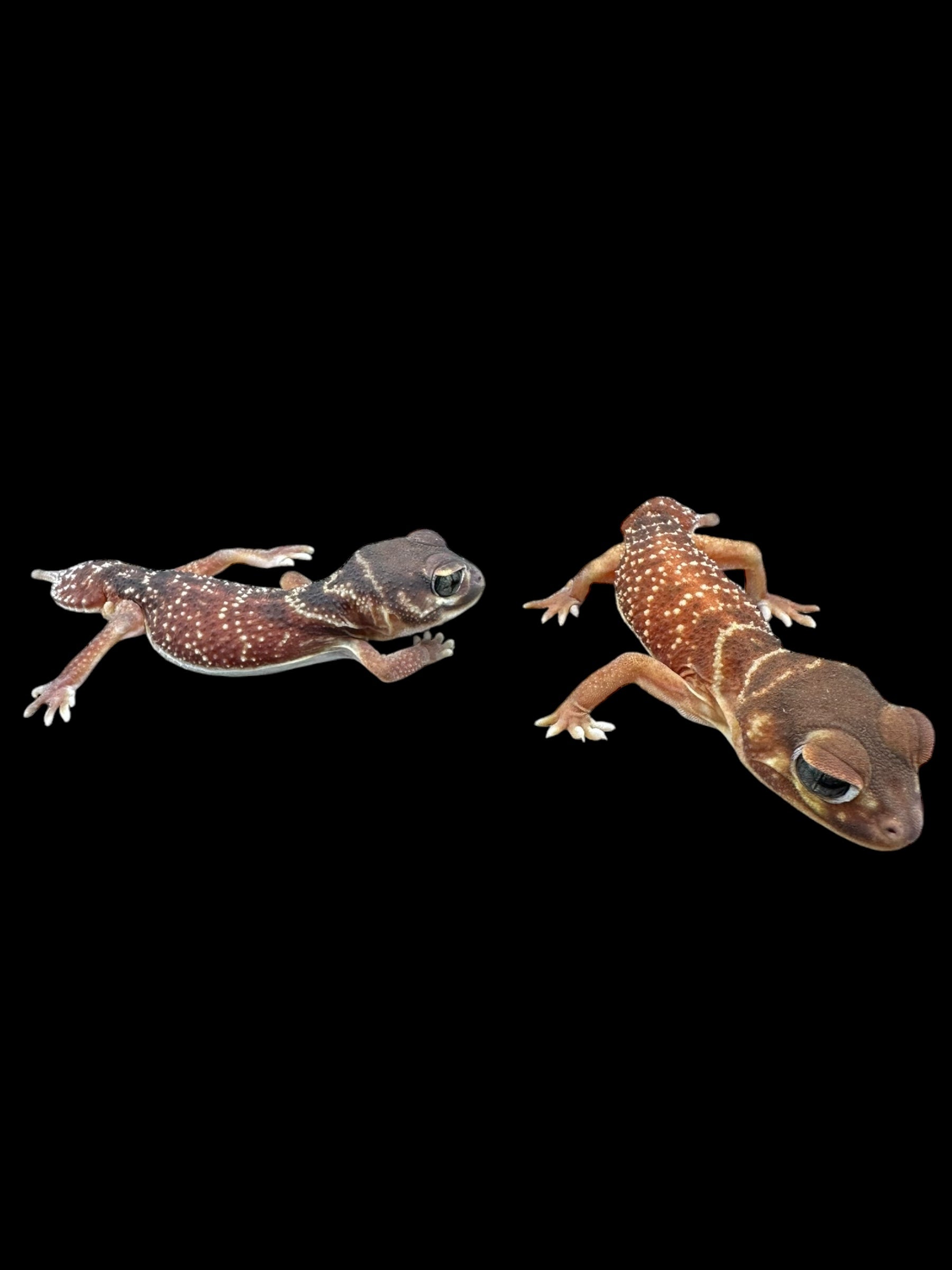Photo Disclaimer
Description
The three-lined knob-tail gecko (Nephrurus levis levis) is a nocturnal ground dwelling gecko from the interior of Australia. This insectivore inhabits a wide range of habitats, including arid, semiarid, open woodland, arid scrubs, spinifex covered deserts, sand-plains and dune-fields.
Care for the three-lined knob-tail is similar to most other Nephrurus species. A well ventilated enclosure with plenty of hides, coarse substrate such as rocky sand and soil that is kept dry, and a daytime source of heat. While they can tolerate low temperatures due to their nocturnal niche in the desert, providing an area that has a basking temp of 85-90°F (29-32°C). Humidity is moderate, and can be provided via a light misting every three days. A sufficient layer of burrow-holding substrate (~2 inches deep) will allow for the gecko to keep humid during the day as well. These geckos are primarily insectivores, with a diet consisting of crickets, cockroaches, and other large insects, supplemented with calcium and vitamins. A water bowl is recommended, though they may not drink from it, as they procure most of their water from their food and from water droplets that may form on the sides of the tank during mistings.


